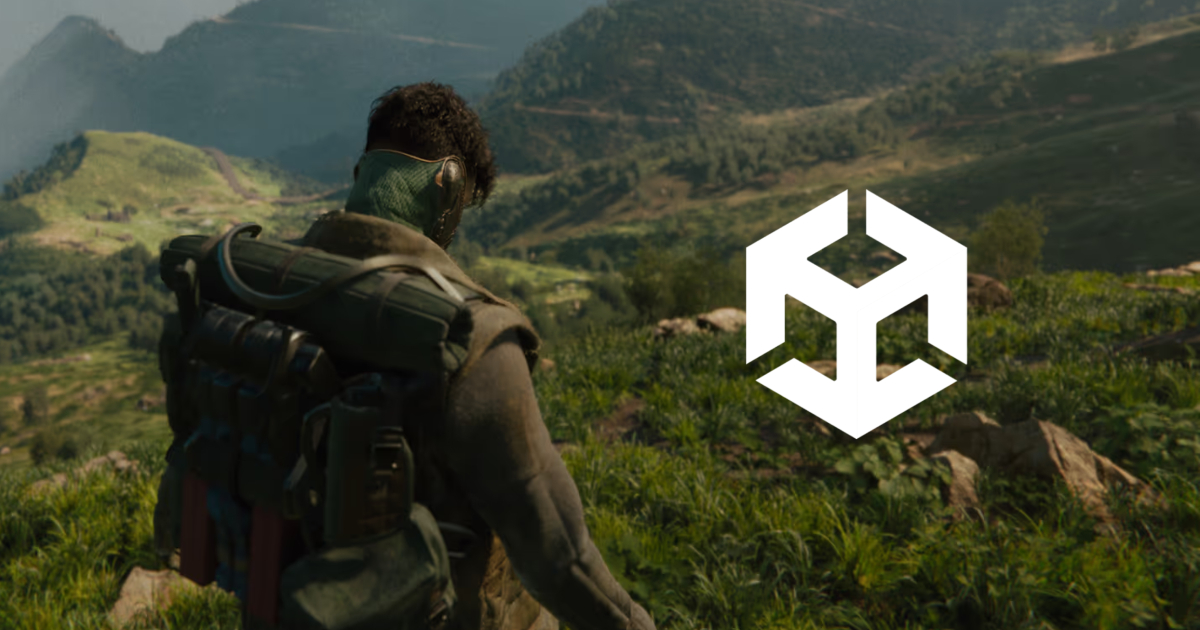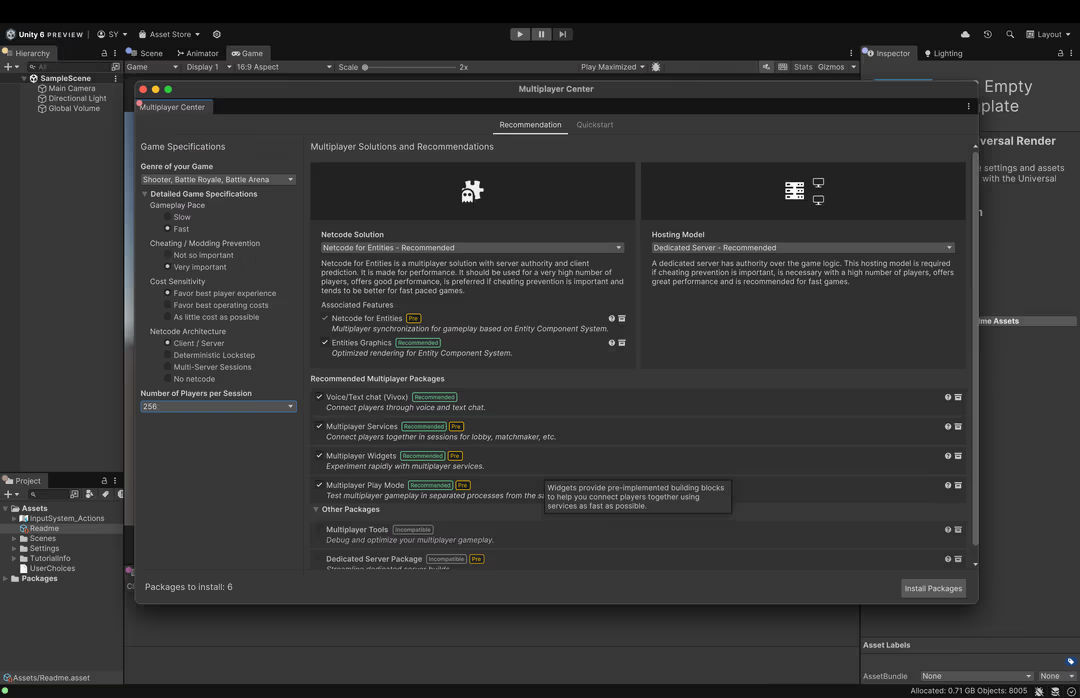Matt Bromberg plans to win back game developers' trust with launch of Unity 6 and beyond
Unity has just released a new version of its engine, offering new features and improvements. Its new head is also serious about getting the company back on track and restoring its damaged reputation.

What’s new in Unity 6?
The new version of Unity comes with improved CPU performance (4x compared to Unity 5), new graphics capabilities that move workloads from the CPU to the GPU, and greater stability. Below are the key features of Unity 6:
- Improved rendering capabilities with tools like GPU Resident Drawer and GPU Occlusion Culling to render more detailed virtual worlds and reduce the overdraw per frame (these features can be seen in the Fantasy Kingdom demo);
- Multiplayer Center offers a curated list of all multiplayer tools recommended for each project, with the Multiplayer Widgets allowing devs to add features like a lobby or voice chat;

- Memory limit for web projects increased from 2GB to 4GB, with Unity 6 also allowing devs to run projects inside mobile browsers and embed them in native apps;
- New tools for configure builds for multiple platforms: devs will be able to create custom Build Profiles with specific settings and data, sharing these profiles with their team;
- Adaptive Probe Volumes (APV) is a feature that automates probe placement, enabling faster iteration of indirect diffuse lighting and improving work with lighting effects;
- Most of these features and improvements can be seen in the new Time Ghost demo. For more details about Unity 6, check out the release notes.
Unity president CEO Matt Bromberg also announced that the company will maintain three release types going forward: major releases like Unity 6, patches with bug fixes and various improvements, and Updates matching the 6.X nomenclature (version 6.1 is expected to arrive in April 2025).
“[Updates will] enable us to continue to enhance performance of the Editor and Runtime and accelerate access to new features with significantly reduced risk of breaking changes, because each Update will go through the rigorous regression testing of a major release,” he noted.
Unity says its new strategy is to reconnect with game devs
Following the launch of Unity 6, Bromberg spoke to several publications about the company’s future and strategy. His interviews boil down to the fact that Unity aims to restore trusting relations with developers, planning to recover from a series of controversial decisions made by the previous CEO John Riccitiello.
Riccitiello resigned last year shortly after rolling out the Runtime Fee designed to charge developers based on game installs. Bromberg canceled the controversial policy last month but increased subscription prices, saying that the company is returning to its core mission of “democratizing game development.”
Despite slight recovery, Unity shares are still down 44% year-to-date. So Bromberg has a lot of work to do if he wants to get the company back on track.
“With the release of Unity 6, we’re interested in reconnecting with customers and help them understand that it’s our commitment to deliver what matters to them, and that we’re going to be a fundamentally different company in that regard,” he told CNBC on October 17.
According to Bloomberg, Bromberg spent the last five months flying around the world and personally speaking to game developers. “I’ve been really excited at how willing they are to reconnect with us,” he told the publication, adding that Unity will help its customers acquire users and sell ad inventory through its platform.